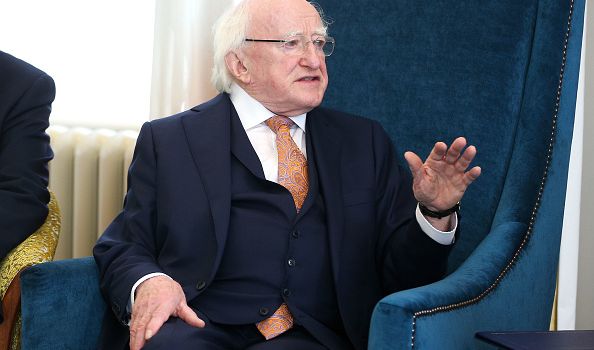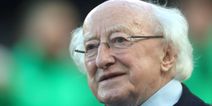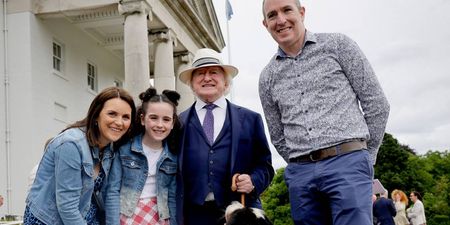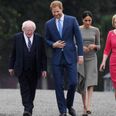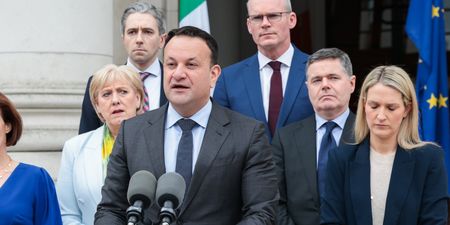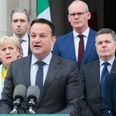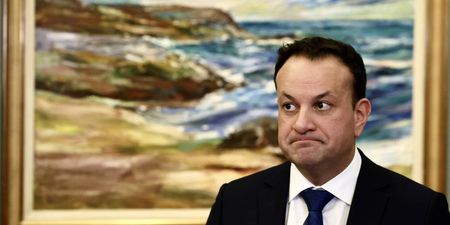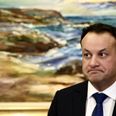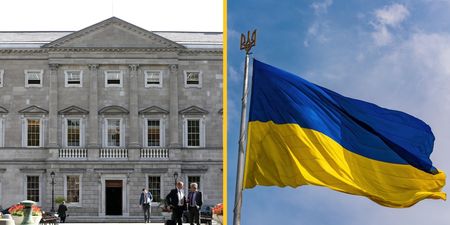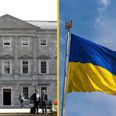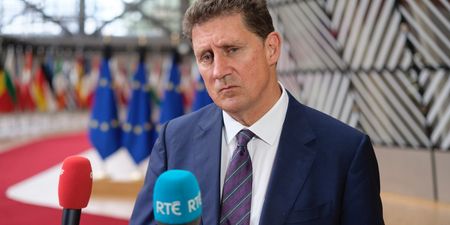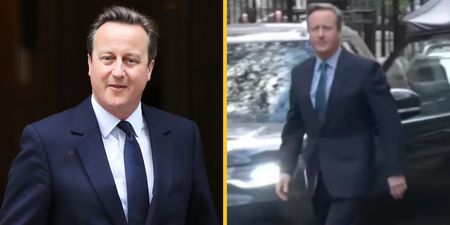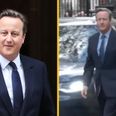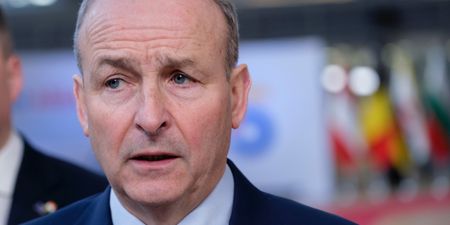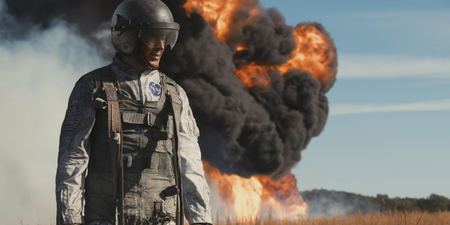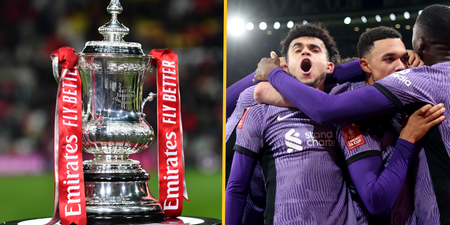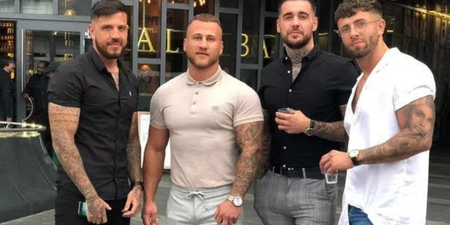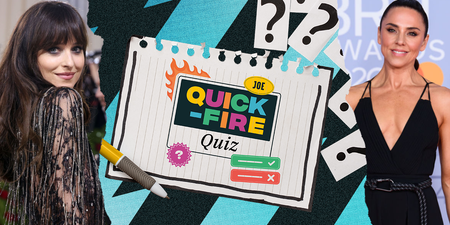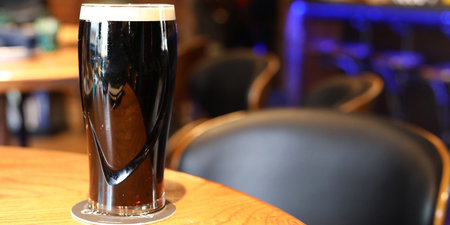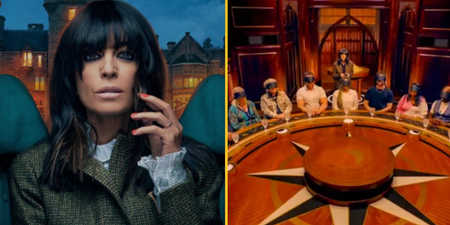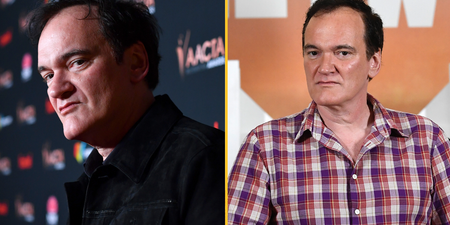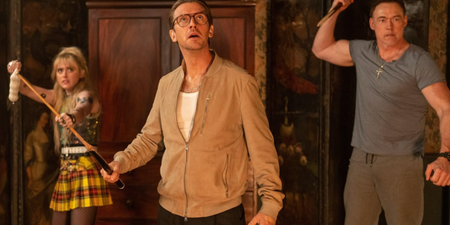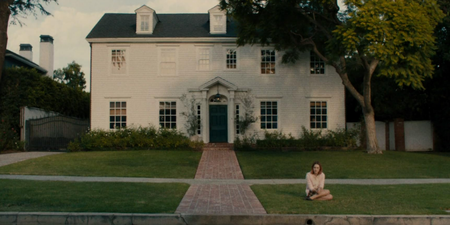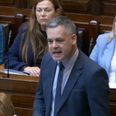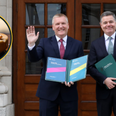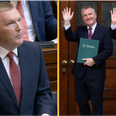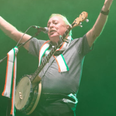We’ve had a good run.
Luminaries, leaders and legends have taken up residency in the Phoenix Park throughout Ireland’s short history. But once Michael D Higgins’ day is done, it might be time to call time on the whole affair.
The most recent Red C poll, conducted between October 3 and October 10, with exactly two weeks to go until the presidential election, shows Michael D Higgins leading the field with 70% of the vote. Combined, his six challengers comprise just 22% of the vote. ‘Undecided’ is a more popular option than all of them bar Sean Gallagher, who is in second place, on 14%.
The candidates who have appeared (or indeed… reappeared) this time around should greatly worry everyone. And, according to the polls, they do.
But the ones who failed to make the cut were even worse.
Throughout the ‘primaries’, the process by which citizens appeal to local authorities to nominate them was scarred by dialogues around the thoroughly debunked anti-vaccination movement, anti-immigrant sentiment, and a woman whose primary motivation for the Áras was her dreams about Donald Trump.
One hopeful, Kevin Sharkey, announced that he was dropping out of the race with a press release for his latest art exhibition and “upcoming single”.
But believe me. It can get much worse than this. Especially now that the country’s local authorities have told us in no uncertain terms that they are prepared to nominate characters who have no qualifications, no history of public service, and a demonstrable lack of understanding of the most basic functions of the office.
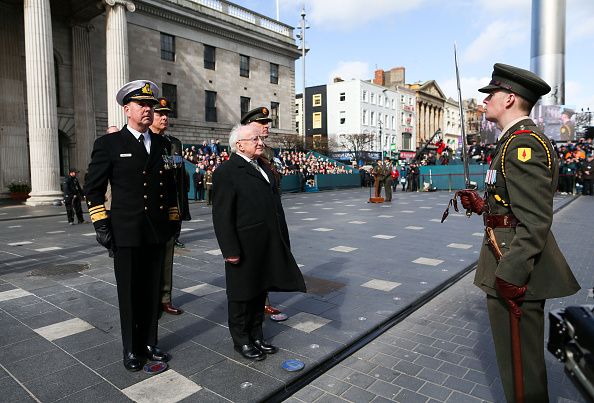
Peter Casey, who has spent two-thirds of his life outside of Ireland, cleared the hurdle of four local authority nominations with ease — as did Gavin Duffy, a man whose primary political involvement is his advocacy for blood sports. As things stand, neither are likely to reach the 12.5% threshold necessary to recoup the costs of participating in the election. This was clear to all from the beginning, so it is perplexing why the local authorities saw fit to put them forward. It certainly wasn’t done on behalf of the public, who clearly have almost no interest whatsoever in considering them.
But it is not just the nature of the candidates, or how they got this far, that is worrisome.
Among them, there is something between confusion and total ignorance over what the Irish president actually does — and more importantly — what they are constitutionally permitted to do.
This week, Sinn Féin candidate Liadh Ní Riada MEP took the bizarre move of criticising the budget. A reasonable move for an opposition TD, but entirely inappropriate for a presidential candidate. After all, she’s running for a role where she would constitutionally have no choice but to sign the bill into law. The president has no power to refer a money bill to the Supreme Court, and cannot refer a bill to referendum without support from the Seanad and Dáil, which ní Riada would not have.
If she refused to sign the bill, there would be a constitutional crisis, and ní Riada would eventually be removed from office. Does she know this? That’s unclear. Either way, if ní Riada has a problem with the budget, she would be better off running for Dáil Éireann or protesting in the street. Both options would give her more power to act than the presidency will. But she’s running for the presidency anyway.
Similarly, Duffy has said that he would wade in on trade deals — something else that the Irish president has no power whatsoever to do.
Sean Gallagher has the opposite problem. A man who was last heard from when he failed to win the presidency in 2011, has stayed entirely silent on causes that effect the Irish people in the intervening seven years. He was absent on marriage equality. He was absent on the eighth amendment. He has been absent on homelessness. He has expressed great admiration for Michael D Higgins. Why he has any interest in public representation at all is a mystery.
It would be unfair to speculate as to Gallagher’s goals in seeking the presidency, or those of his fellow Dragons, but there is simply no evidence of interest in Irish civil life that would suggest that these men are motivated by public service. Gallagher’s cringe-inducing 60-second pitch for RTÉ provided absolutely no insight into why he wants the job, or what he’d do if he got it.
Seán Gallagher gives his presidential pitch in 60 seconds or less pic.twitter.com/ftD8mfhE64
— RTÉ News (@rtenews) October 7, 2018
Just three years ago, Ireland expressed its preference that those under the age 35 (and over 21) should not be eligible to run for the presidency. Presumably, worries over suitability and maturity made people think those in their 20s just couldn’t do the job. Looking at this year’s spate of candidates, one is forced to wonder why that skepticism doesn’t run further.
In the most generous terms, the pitches offered by our candidates are like Formula 1 racers interviewing for the position of a Dublin Bus driver. Yes, you might be very good at driving fast and surviving crashes, but can you get people from A to B? Nobody seems to know the roads anymore.
Presidents like Mary Robinson, Mary McAleese and Michael D Higgins encapsulate the best intentions of the Irish people. But more than that, they understood the narrow limits of their job and used it to elevate the nation anyway.
Unless those seeking the job, and those responsible for putting them forward, get their act together and realise what the presidency is for — it will represent nothing more than a very expensive distraction and risk to the Irish public.
LISTEN: You Must Be Jokin’ with Conor Sketches | Tiger Woods loves Ger Loughnane and cosplaying as Charles LeClerc
